First grade is a crucial year in a child’s academic journey. It’s a time when they build the foundation for their future math skills. In this article, we’ll explore the ten important math concepts that children typically learn in 1st grade. From basic arithmetic to problem-solving, these concepts are vital for a child’s overall development.
Counting and Number Recognition:
 The journey into the world of numbers begins in 1st grade. Children learn to count not just from 1 to 10, but from 1 to 100, and often well beyond. They explore the magical realm of numbers, understanding that numbers are symbols that represent quantities. For instance, 1 apple, 2 apples, 3 apples, and so on. Teachers use creative techniques to make this learning engaging. For example, they might use colorful counting charts or games to make the process fun and interactive. This early numeracy sets the stage for more advanced math concepts.
The journey into the world of numbers begins in 1st grade. Children learn to count not just from 1 to 10, but from 1 to 100, and often well beyond. They explore the magical realm of numbers, understanding that numbers are symbols that represent quantities. For instance, 1 apple, 2 apples, 3 apples, and so on. Teachers use creative techniques to make this learning engaging. For example, they might use colorful counting charts or games to make the process fun and interactive. This early numeracy sets the stage for more advanced math concepts.
Addition and Subtraction Basics:
 1st graders dive into basic addition and subtraction, which is fundamental to building their math skills. They learn how to combine numbers to find the sum and take away numbers to discover the difference. One common method used in classrooms is the use of objects like counters or even snacks. For example, if they have 5 apples and eat 2, they understand that 5 – 2 = 3. This hands-on approach makes math tangible and helps kids relate it to everyday life.
1st graders dive into basic addition and subtraction, which is fundamental to building their math skills. They learn how to combine numbers to find the sum and take away numbers to discover the difference. One common method used in classrooms is the use of objects like counters or even snacks. For example, if they have 5 apples and eat 2, they understand that 5 – 2 = 3. This hands-on approach makes math tangible and helps kids relate it to everyday life.
Place Value:
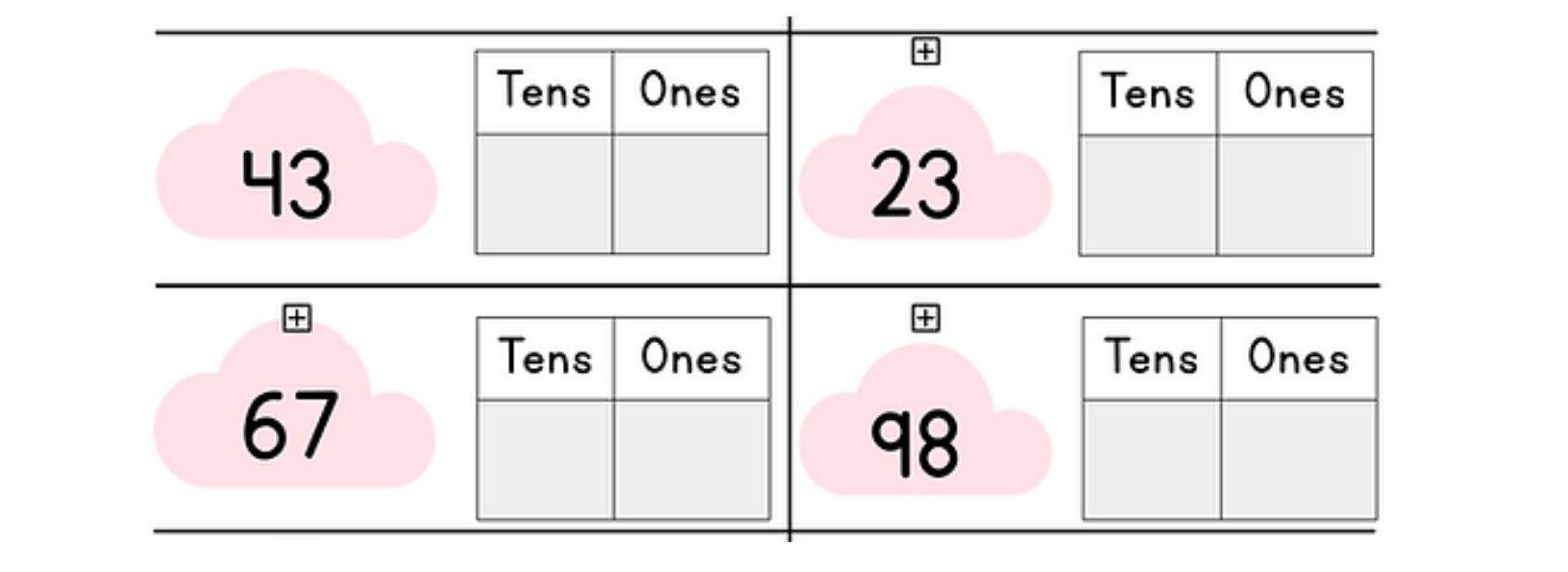 Understanding place value is crucial in 1st-grade math. Children begin to grasp the concept that digits in a number represent different values in different places. They often use visual aids like place value charts to help them. For instance, in the number 25, the “2” represents 20, and the “5” represents 5. By mastering place value, kids lay the groundwork for more advanced mathematical operations in the future.
Understanding place value is crucial in 1st-grade math. Children begin to grasp the concept that digits in a number represent different values in different places. They often use visual aids like place value charts to help them. For instance, in the number 25, the “2” represents 20, and the “5” represents 5. By mastering place value, kids lay the groundwork for more advanced mathematical operations in the future.
Shapes and Geometry:
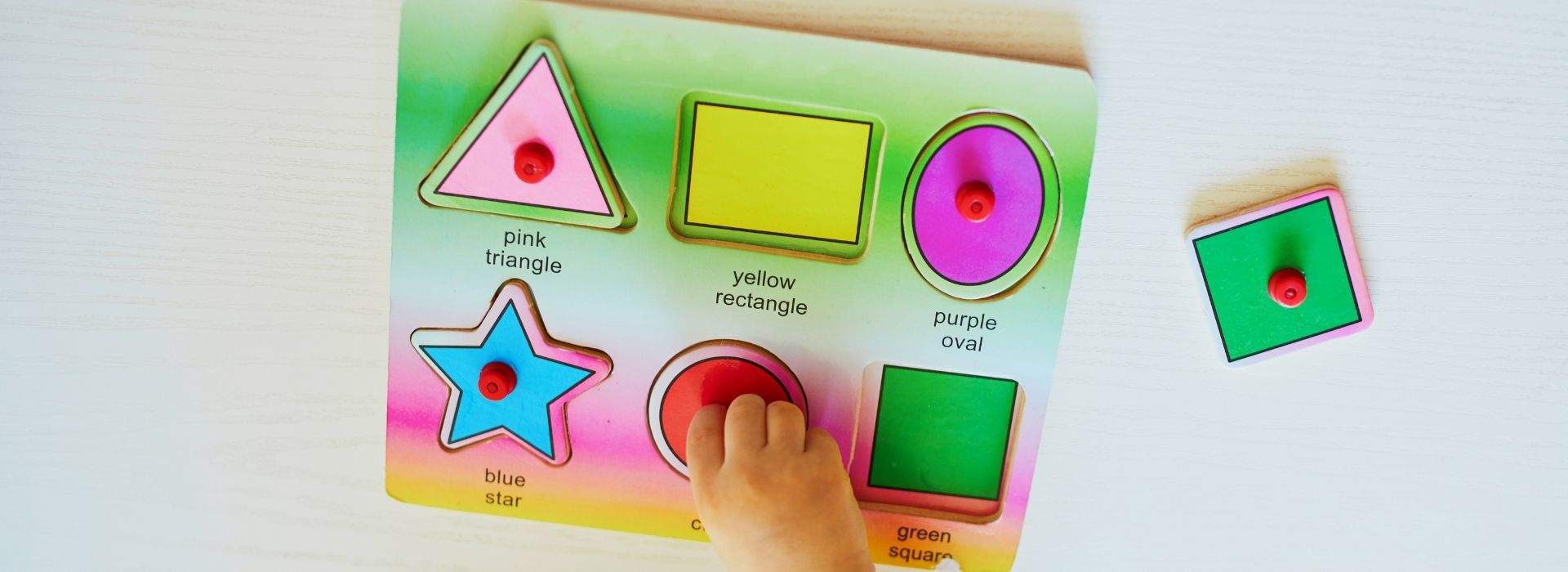 Geometry makes its debut in 1st-grade classrooms, making math even more exciting. Children learn about basic shapes like squares, circles, triangles, and rectangles. They also explore concepts such as lines, angles, and symmetry. Teachers often use real-world examples to engage students. They might discuss how the shape of a classroom desk is a rectangle, or how a clock’s face is a circle. This practical application helps kids connect geometry to their surroundings.
Geometry makes its debut in 1st-grade classrooms, making math even more exciting. Children learn about basic shapes like squares, circles, triangles, and rectangles. They also explore concepts such as lines, angles, and symmetry. Teachers often use real-world examples to engage students. They might discuss how the shape of a classroom desk is a rectangle, or how a clock’s face is a circle. This practical application helps kids connect geometry to their surroundings.
Measurement:
 Measurement is another important concept in 1st grade. Children start to understand units of measurement like inches, feet, centimeters, and meters. They learn how to measure length, width, and height. For example, they might measure how tall a plant has grown in centimeters or compare the lengths of different pencils in inches. Hands-on measurement activities make learning tangible and prepare kids for more complex measurement tasks in later grades.
Measurement is another important concept in 1st grade. Children start to understand units of measurement like inches, feet, centimeters, and meters. They learn how to measure length, width, and height. For example, they might measure how tall a plant has grown in centimeters or compare the lengths of different pencils in inches. Hands-on measurement activities make learning tangible and prepare kids for more complex measurement tasks in later grades.
Time:
 1st graders begin to grasp the concept of time. They learn to read clocks and understand terms like “o’clock,” “half-past,” and “quarter-past.” This sets the foundation for later time-telling skills, which are crucial for everyday life. Teachers may use interactive clock models to demonstrate how the hour and minute hands move, making it easier for kids to visualize time.
1st graders begin to grasp the concept of time. They learn to read clocks and understand terms like “o’clock,” “half-past,” and “quarter-past.” This sets the foundation for later time-telling skills, which are crucial for everyday life. Teachers may use interactive clock models to demonstrate how the hour and minute hands move, making it easier for kids to visualize time.
Data and Graphs:
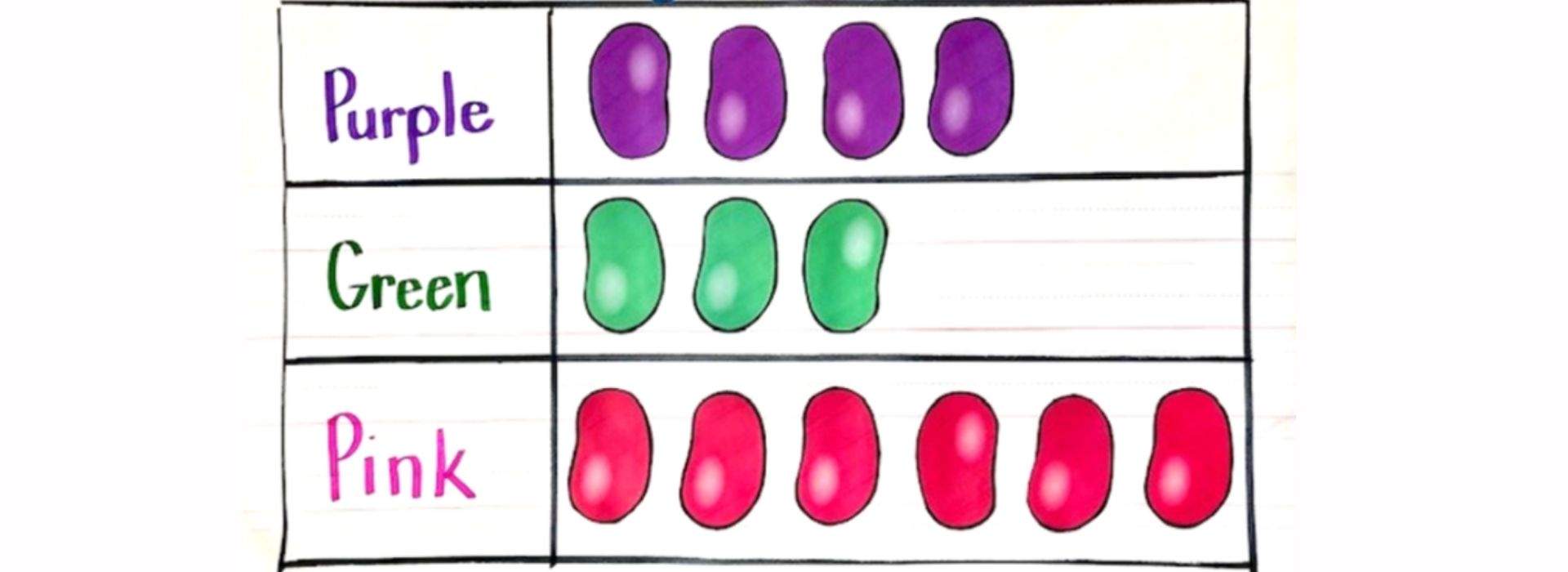 Basic data interpretation skills are introduced in 1st grade. Children learn to collect and organize data, often through activities like counting how many red and blue marbles they have. They also create simple graphs, helping them understand concepts like more, less, and equal. For example, they might create a bar graph to show the number of students who brought different types of fruits to school. This early exposure to data analysis builds a foundation for future analytical skills.
Basic data interpretation skills are introduced in 1st grade. Children learn to collect and organize data, often through activities like counting how many red and blue marbles they have. They also create simple graphs, helping them understand concepts like more, less, and equal. For example, they might create a bar graph to show the number of students who brought different types of fruits to school. This early exposure to data analysis builds a foundation for future analytical skills.
Patterns:
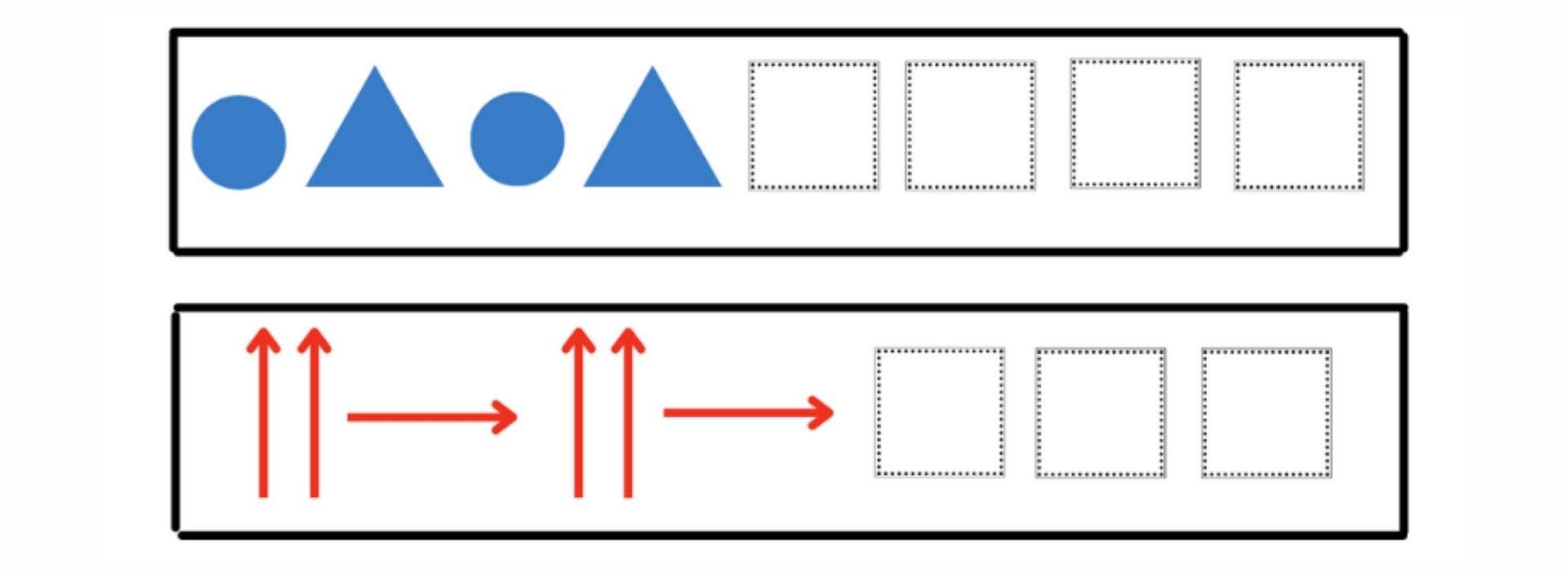 Recognizing and creating patterns is a fun math concept for 1st graders. They learn about repeating patterns, such as ABAB or ABCABC, which promotes critical thinking and problem-solving skills. For example, they might arrange colored blocks in a repeating pattern to see the visual representation of a pattern. Patterns are not only engaging but also help kids develop logical thinking and observation skills.
Recognizing and creating patterns is a fun math concept for 1st graders. They learn about repeating patterns, such as ABAB or ABCABC, which promotes critical thinking and problem-solving skills. For example, they might arrange colored blocks in a repeating pattern to see the visual representation of a pattern. Patterns are not only engaging but also help kids develop logical thinking and observation skills.
Money:

Money becomes a topic of interest as children start to understand the value of coins and bills. They learn to identify and count money, making basic financial decisions. This knowledge is practical and can be applied in their daily lives. Teachers might use play money or real coins to teach kids how to count and make changes, preparing them for future financial responsibilities.
Problem-Solving:
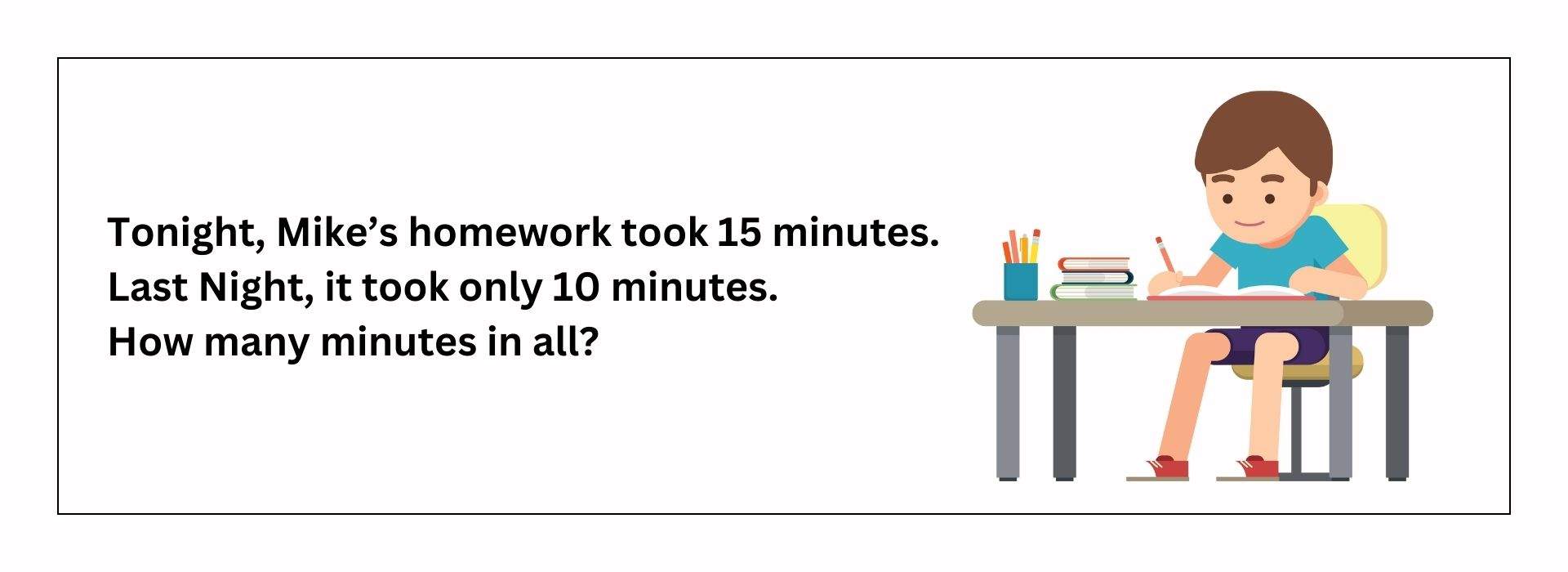 Problem-solving is an integral part of 1st-grade math. Kids are encouraged to apply their mathematical knowledge to solve real-life problems, fostering critical thinking abilities. For instance, they might solve word problems like, “If you have 3 apples and your friend gives you 2 more, how many apples do you have?” This helps children see the real-world applications of math and equips them with valuable skills for future challenges.
Problem-solving is an integral part of 1st-grade math. Kids are encouraged to apply their mathematical knowledge to solve real-life problems, fostering critical thinking abilities. For instance, they might solve word problems like, “If you have 3 apples and your friend gives you 2 more, how many apples do you have?” This helps children see the real-world applications of math and equips them with valuable skills for future challenges.
Conclusion
1st grade is a pivotal year in a child’s math education. By mastering these ten important math concepts, children not only build a strong foundation for future math skills but also develop essential problem-solving and critical-thinking abilities. The journey through 1st-grade math is not just about numbers; it’s about building skills that will empower them for a lifetime. So, let’s celebrate the joy of learning math in 1st grade!




